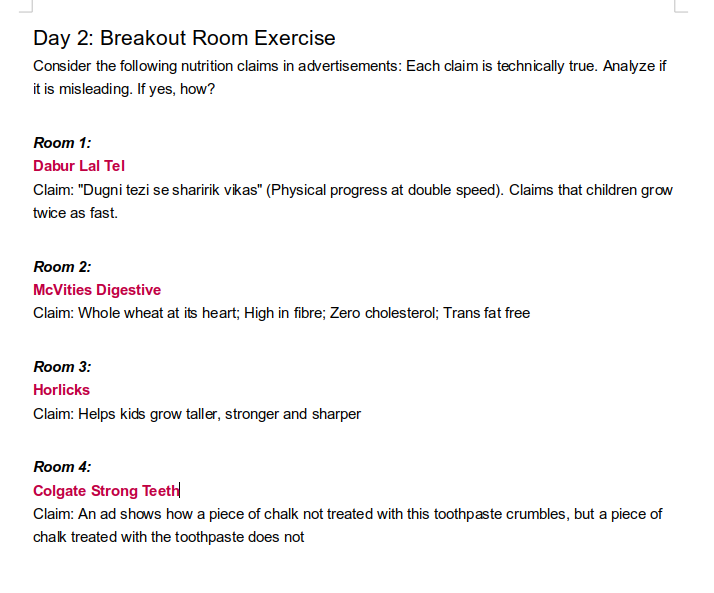
Did you know that all the nuclear bombs we exploded in the '40s-50s-60s have permanently contaminated all the steel the world has produced since then? All steel in the world is divided into two categories: pre-1945 non-contaminated steel, and post-1945 contaminated steel.
How?
How?
Nuclear bombs (including the tests) create a lot of radioisotopes that are not found in nature. For example Cobalt-60 (a radioactive version of Cobalt-59). And since the 1945 Trinity test, these have all dispersed in the atmosphere.
What does this have to do with steel?
What does this have to do with steel?
The process of manufacturing steel uses atmospheric air (or atmospheric oxygen). Some of the radioisotopes like Cobalt-60 get pulled in too, and as a result, any steel produced after 1945 has embedded in it some of these radioisotopes, sitting there emitting gamma rays.
Why do we care about traces of radioisotopes in steel? When making Geiger counters, or medical devices to check for radioactive contamination, or astronomical instruments, the emissions from the contaminated steel would interfere with the measurements.
So we need pre-1945 steel
So we need pre-1945 steel
Pre-1945 non-contaminated steel is called "low background steel". And when we need it, where do we get it from?
We go, find pre-World-War-II sunken shipwrecks, and then salvage the steel (and lead) from those to build our instruments which need heavy radiation shielding.
We go, find pre-World-War-II sunken shipwrecks, and then salvage the steel (and lead) from those to build our instruments which need heavy radiation shielding.
This is why the search for Dark Matter depends on sunken ships: theatlantic.com/science/archiv…
I vaguely remember some TV serial where a forgery is detected because the steel used in the supposed-ancient-artifact was not low background steel. I don't know whether that's a real thing, or just fiction, but it's a great story. (We need more such stories in science teaching.)
Apparently, the use of radioactive isotopes to test for forgery is a real thing (thanks @achillesHeelV2):
https://twitter.com/achillesHeelV2/status/1369184138620665856
Just to be clear: the contamination of the atmosphere (and steel) with radioisotopes is not considered a health hazard (or even a significant environmental problem) because the amounts are really tiny.
https://twitter.com/PradeepHardikar/status/1369188136534777863
In fact, there are a lot of naturally occurring radioisotopes also. For example, Carbon 14 is regularly created naturally by cosmic rays. All of us are constantly breathing in all these radioisotopes. In fact, the entire concept of carbon-dating depends upon this.
• • •
Missing some Tweet in this thread? You can try to
force a refresh



